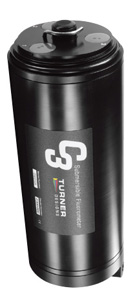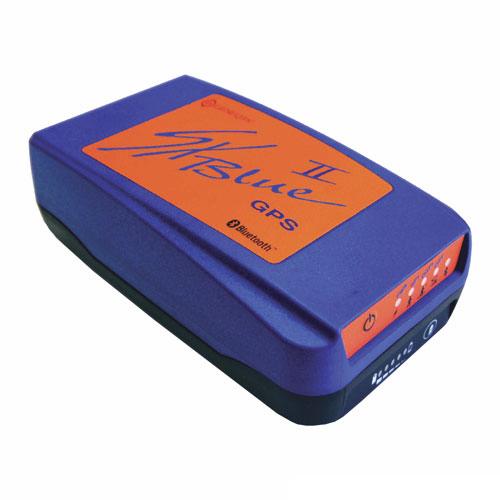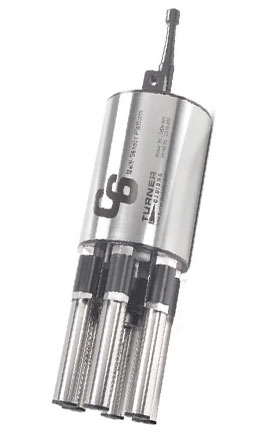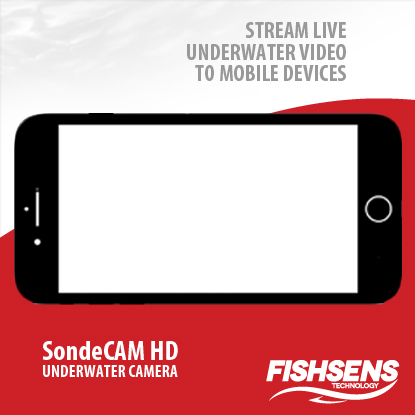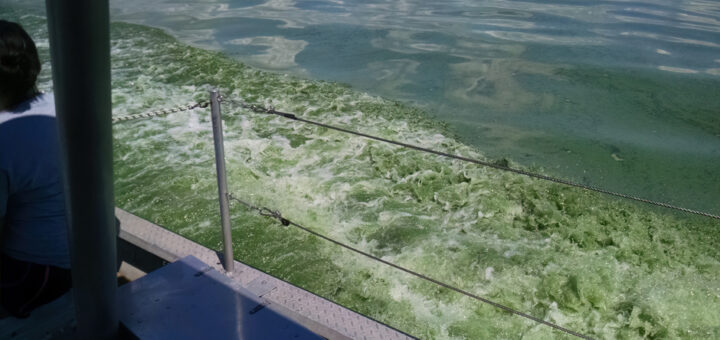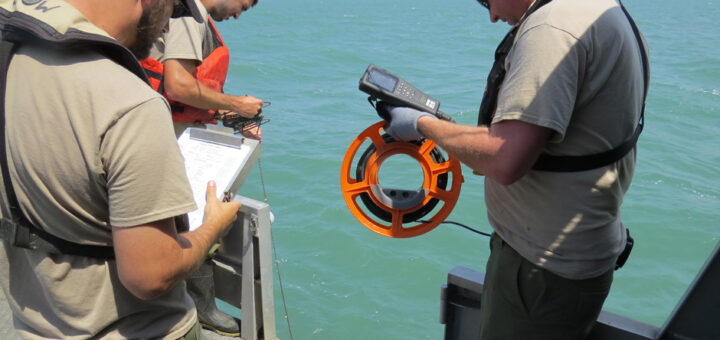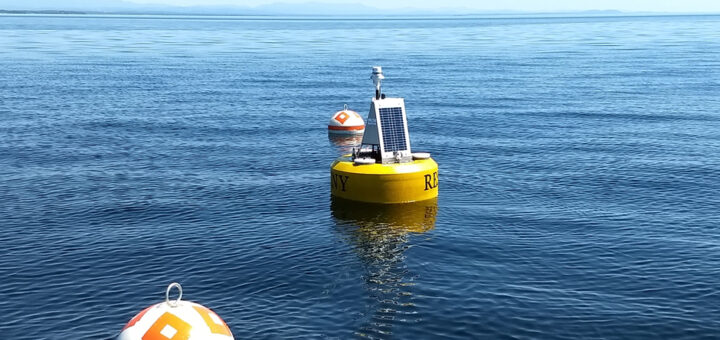Product Spotlight: Turner Designs Cyclops-7 Chlorophyll Sensor
0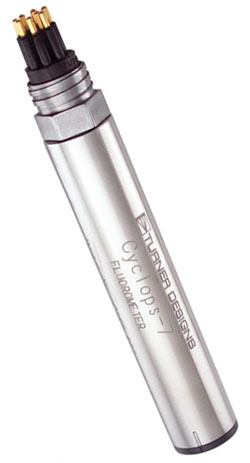 There are multiple methods for measuring chlorophyll in water. Researchers have found the most efficient technique is through fluorescence, referring to the response chlorophyll molecules have to specific wavelengths of light. The Turner Designs In-Vivo Cyclops-7 Chlorophyll Sensor uses this method test chlorophyll within phytoplankton.
There are multiple methods for measuring chlorophyll in water. Researchers have found the most efficient technique is through fluorescence, referring to the response chlorophyll molecules have to specific wavelengths of light. The Turner Designs In-Vivo Cyclops-7 Chlorophyll Sensor uses this method test chlorophyll within phytoplankton.
Chlorophyll-containing organisms are the first level of the food chain; the health of these producers allows researchers to deduce the general health of all organisms within that system. An abundance of phytoplankton could lead to a lack of dissolved oxygen; an insufficient amount of phytoplankton, however, will result in fewer nutrients for fish and other aquatic life.
Fluorometric measurement of chlorophyll provides researchers with immediate qualitative data. Since dissolved matter can affect the light from the fluorometer, it is suggested that readings from the Cyclops-7 chlorophyll sensor be compared with samples taken from the same test site.
Chlorophyll a naturally absorbs blue light and emits red light. Fluorometers detect chlorophyll a by transmitting a beam of light (440nm) in an amount proportional to the concentration of phytoplankton. The fluorometer then detects the light emitted by the excited phytoplankton particles (680nm). This provides a sensitive and accurate measurement of chlorophyll in the range of parts-per-trillion.
The fluorescence of chlorophyll may be affected by multiple factors; for example, if the organism was recently exposed to light prior to its fluorometric testing, the readings will be offset. The health of the phytoplankton will also affect the fluorescence response, as dying cells produce a higher response than healthy cells.
Cyclops-7 submersible fluorometer sensors are ideal for long-term lake testing and monitoring applications. Available in both stainless steel and titanium housing, the sensors are rugged and able to withstand the most demanding of environments.
For more details, call Fondriest Environmental at (888) 426.2151, e-mail customercare@fondriest.com, or visit http://www.fondriest.com/products/turner_designs_2100-000-c.htm.




